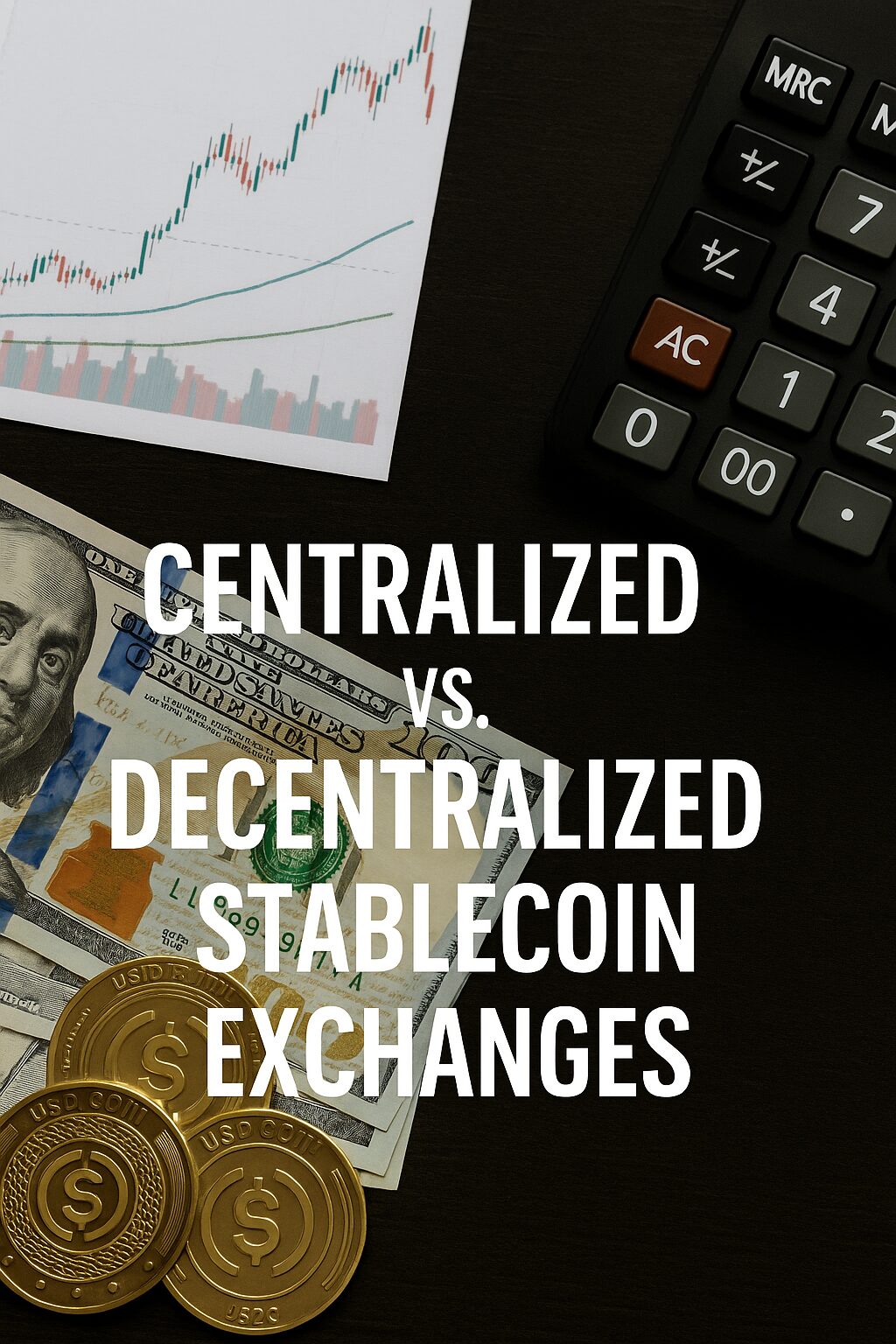Passive income is one of the most compelling promises of the crypto world — but not all yield platforms are created equal. With hundreds of services offering returns on your digital assets, the challenge is not only finding the highest yield but doing so safely, sustainably, and transparently.
This guide provides a detailed comparison of the most reputable crypto yield platforms in 202X and beyond. Whether you prefer centralized finance (CeFi), decentralized finance (DeFi), or real-world asset (RWA) tokenization, you’ll find practical insights to help you maximize returns without exposing yourself to unnecessary risk.
1. Categories of Crypto Yield Platforms
Before diving into platforms, it’s important to understand the three major types:
- CeFi Platforms: Centralized institutions offering managed crypto savings accounts and lending services (e.g., Nexo, CoinLoan).
- DeFi Protocols: Smart-contract-based platforms like Aave, Curve, or Pendle, where users interact directly with the protocol.
- RWA Platforms: Yield comes from tokenized real-world assets, such as tokenized treasuries, invoice factoring, or real estate (e.g., Maple, Goldfinch, OpenEden).
Each offers unique benefits, risks, and yield profiles.
2. Comparison Table: CeFi vs. DeFi vs. RWA
| Feature | CeFi | DeFi | RWA Platforms |
|---|---|---|---|
| Custody | Centralized | Self-custody | Hybrid (custodian-backed) |
| KYC Required | Yes | No | Varies |
| Yield Source | Lending, staking | Lending, AMMs, LP rewards | Real-world debt/assets |
| Risk Level | Medium | Medium to high | Low to medium |
| Transparency | Low to medium | High (on-chain) | High (audited & regulated) |
| Access | Global (some restricted) | Global | Often open to all |
3. Top Centralized Yield Platforms (CeFi)
a. Nexo
- Offers up to 10% on stablecoins.
- Insurance on custodial assets.
- Regulated in multiple jurisdictions.
b. Ledn
- Focused on BTC and USDC yield.
- Transparent reserves and proof of liabilities.
c. CoinLoan
- Supports many altcoins.
- Competitive rates, though less liquid than others.
CeFi Pros: Easy to use, support fiat on/off ramps, customer service
Cons: Counterparty risk, KYC required, not always transparent
4. Top DeFi Yield Protocols
a. Aave
- Lending protocol with variable interest.
- Supports multiple chains and stablecoins.
- Yield: 2–5% depending on asset and utilization.
b. Yearn Finance
- Aggregates strategies to optimize DeFi yield.
- Complex but efficient.
c. Pendle
- Allows yield trading (fixed vs. variable).
- Advanced DeFi concept, but strong potential.
DeFi Pros: Permissionless, transparent, self-custodial
Cons: Smart contract risk, high gas fees, steep learning curve
5. Real-World Asset Yield Platforms (RWA)
a. OpenEden
- Tokenized short-term T-bills.
- Yield: ~4.5% in USDC.
b. Maple Finance
- DeFi-based private credit markets.
- Lenders earn fixed yield from underwritten pools.
c. Goldfinch
- Provides capital to real-world businesses in emerging markets.
- Yield: 8–12%, backed by borrower repayments.
RWA Pros: Low volatility, legally compliant, stable yield
Cons: Limited liquidity, platform-specific risks
6. Key Factors to Consider Before Choosing a Platform
- Security: Smart contract audits, proof of reserves, custody insurance.
- Transparency: On-chain metrics, live dashboards, documentation.
- Regulatory Risk: Especially for U.S. citizens or platforms operating globally.
- Liquidity: Can you exit without penalty?
- Sustainability: Is the yield organic or subsidized?
7. Yield Ranges by Asset Type
| Asset Type | CeFi APY | DeFi APY | RWA APY |
|---|---|---|---|
| Stablecoins | 6–10% | 2–7% | 4–5% |
| Bitcoin | 3–6% | 1–4% | n/a |
| Ethereum | 3–6% | 4–7% | n/a |
| RWA tokens | — | — | 5–12% |
Note: Yields change frequently based on market conditions and platform liquidity.
8. Building a Balanced Crypto Yield Portfolio
A smart passive income strategy may include:
- 40% in RWA-backed stablecoin yield (e.g., tokenized treasuries)
- 30% in DeFi protocols with strong TVL and audits
- 20% in CeFi platforms for flexible access
- 10% in experimental yield sources (Pendle, options vaults, etc.)
Diversification helps protect your capital and smooth volatility.
9. Real Example: $10,000 Allocation
Here’s how a balanced yield strategy might look:
| Platform | Allocation | APY | Expected Annual Yield |
|---|---|---|---|
| OpenEden | $4,000 | 4.8% | $192 |
| Aave | $3,000 | 5.2% | $156 |
| Nexo | $2,000 | 8.0% | $160 |
| Pendle | $1,000 | 10% | $100 |
| Total | — | — | $608/year |
This portfolio balances risk, liquidity, and reward — with most capital in low-volatility assets.
Conclusion
The world of crypto yield is rich with opportunities — but also risks.
By understanding the core types of platforms, comparing their risk profiles, and strategically diversifying your assets, you can build a crypto income portfolio that works for you in the long run.
Start small, prioritize safety, and always track performance.
Passive income from crypto isn’t just a dream — with the right tools, it’s a global reality.




